The Augmented Virtual Reality Hardware Market is currently characterized by a dynamic competitive landscape, driven by rapid technological advancements and increasing consumer demand for immersive experiences. Major players such as Meta (US), Microsoft (US), and Apple (US) are at the forefront, each adopting distinct strategies to enhance their market positioning. Meta (US) continues to focus on innovation through its extensive investment in the Metaverse, aiming to create a seamless integration of augmented and virtual reality experiences. Meanwhile, Microsoft (US) emphasizes partnerships, particularly with enterprise clients, to leverage its HoloLens technology for business applications, thereby expanding its reach in the corporate sector. Apple (US), on the other hand, appears to be concentrating on product differentiation, with its anticipated AR headset expected to integrate seamlessly with its existing ecosystem, potentially reshaping user engagement.
In terms of business tactics, companies are increasingly localizing manufacturing and optimizing supply chains to enhance efficiency and reduce costs. The market structure is moderately fragmented, with a mix of established giants and emerging players. This fragmentation allows for diverse offerings, yet the collective influence of key players like Sony (JP) and NVIDIA (US) is significant, as they drive innovation and set industry standards.
In November 2025, Sony (JP) announced the launch of its latest augmented reality headset, which integrates advanced eye-tracking technology. This strategic move is likely to enhance user interaction and engagement, positioning Sony as a leader in the consumer AR segment. The introduction of this technology not only showcases Sony's commitment to innovation but also reflects a broader trend towards more personalized and immersive user experiences in the market.
In October 2025, NVIDIA (US) unveiled a new software platform designed to optimize AR applications for developers. This initiative is crucial as it provides developers with the tools necessary to create more sophisticated and efficient AR experiences. By focusing on software development, NVIDIA is not only enhancing its hardware offerings but also fostering a robust ecosystem that could lead to increased adoption of AR technologies across various sectors.
In September 2025, Apple (US) revealed its plans to expand its ARKit framework, which supports developers in creating AR applications for its devices. This expansion is indicative of Apple's strategy to solidify its presence in the AR market, potentially leading to a surge in AR content creation. By enhancing its developer tools, Apple is likely to attract a broader range of applications, thereby increasing user engagement and market penetration.
As of December 2025, the competitive trends in the Augmented Virtual Reality Hardware Market are increasingly defined by digitalization, sustainability, and AI integration. Strategic alliances among key players are shaping the landscape, fostering innovation and collaboration. The shift from price-based competition to a focus on technological advancement and supply chain reliability is evident. Companies are likely to differentiate themselves through unique offerings and enhanced user experiences, suggesting a future where innovation is paramount in maintaining competitive advantage.


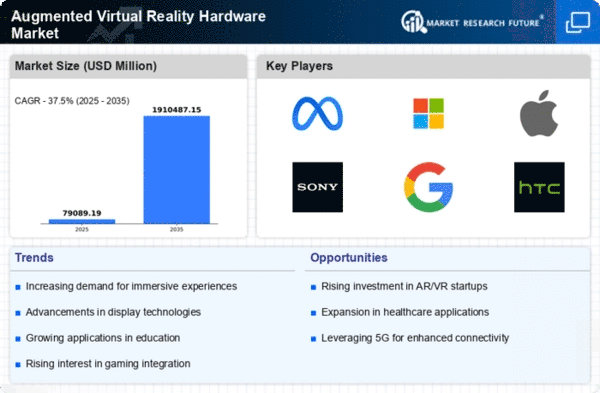
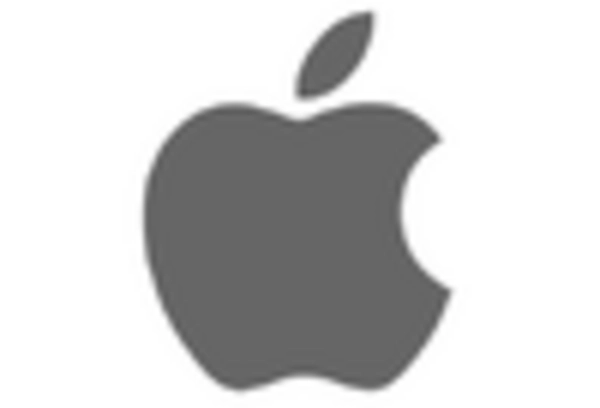

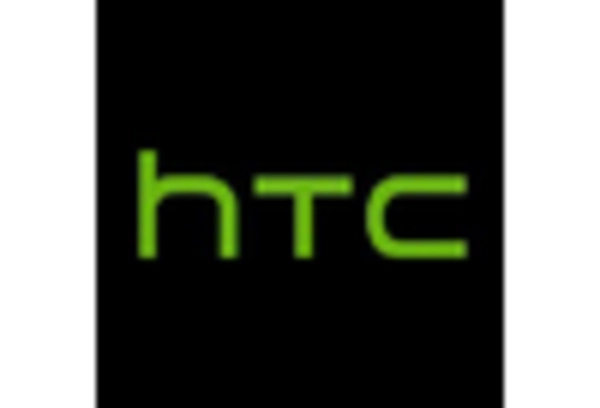
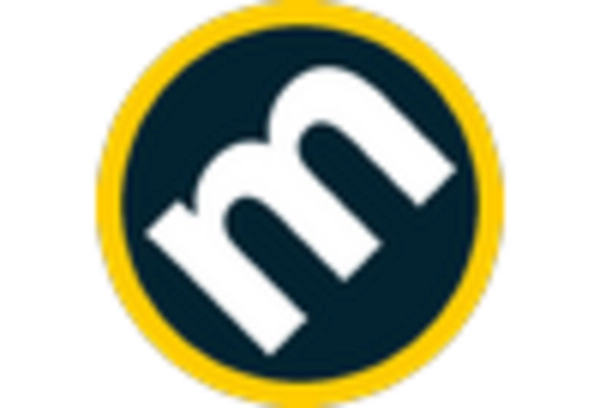

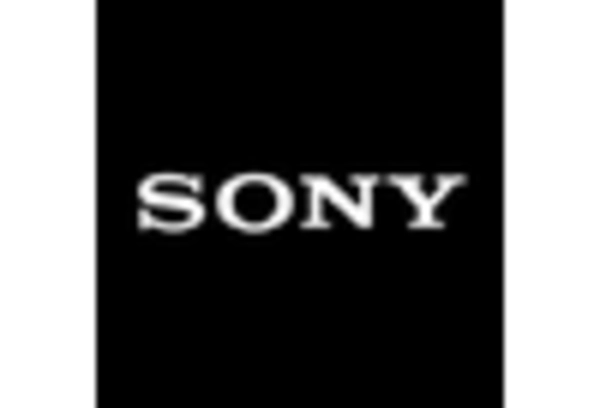








Leave a Comment